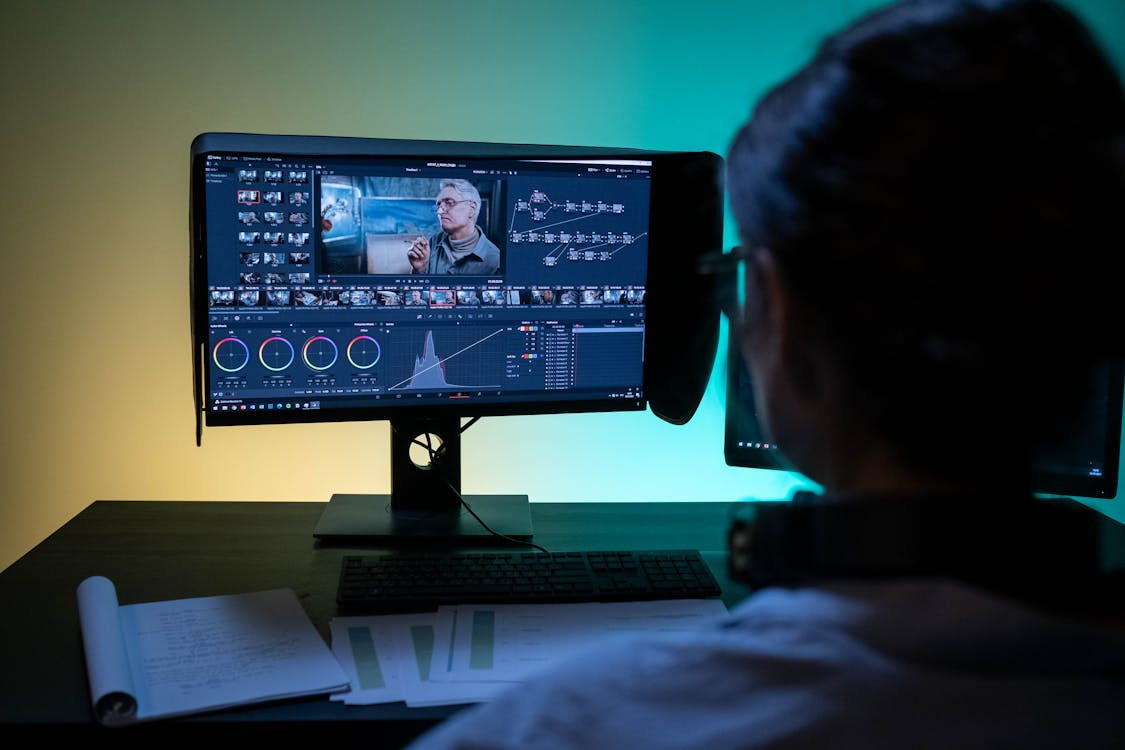Patent translation involves converting patent applications from one language to another for submission in different jurisdictions or to make the invention understandable to a broader audience. Given the technical and legal complexity of patent documents, translation errors can lead to patent rejections, invalidations, or issues in litigation. This article explores the high risks associated with choosing low-cost translation services and the real costs of translation errors, offering recommendations for selecting high-quality translation services.
The Cost of Patent Translation
According to the World Intellectual Property Organization (WIPO), global enterprises spend approximately $10 billion annually on patent translations. For translations into languages like Chinese, Japanese, Korean, and Russian, costs can range from $3,000 to $6,500 per application, accounting for 75-80% of total filing costs (Clarivate). For instance, U.S. Language Services offers certified translation services at $39 per page, while RushTranslate provides certified Chinese patent translation at $24.95 per page. These costs reflect the specialized nature and complexity of patent translation.
The high costs have led some companies to opt for low-cost translation services, such as machine translation or non-professional translators. However, this approach can compromise quality and increase the risk of errors.
The High Risks of Low-Cost Translation Services
Choosing low-cost translation services may save money in the short term, but the long-term risks far outweigh the initial savings. A study published in the Journal of the Knowledge Economy found that patents with more ambiguous original texts are up to 25% less likely to be granted in non-English jurisdictions such as China, Japan, and Korea. This indicates that translation quality directly impacts the success rate of patent applications.
Moreover, low-cost services may rely on machine translation tools like the European Patent Office's Patent Translate, which, while enhancing productivity, produces translations that are not legally binding and may contain inaccuracies. Patent translation necessitates human expertise that combines technical knowledge with legal terminology to ensure accuracy.
Case Studies and Impacts of Translation Errors
A survey by Steinbeis Intellectual Property Management Institute revealed that 81% of IP professionals have encountered issues in practice due to translation errors (ATA Law Division). These errors can lead to several adverse outcomes:
· Patent Rejections or Invalidations: In China, for example, translation errors cannot be corrected after patent grant (HYA IP). A single mistranslation could render a patent invalid, depriving a company of IP protection.
· Adverse Effects in Litigation: Inaccurate translations can weaken a patent holder's position in court. For instance, in the case of ESCO Corporation v. Ningbo Lukun International Trade Co., Ltd., a translation error in the patent claims led to a dispute over infringement, which was eventually resolved by referring back to the original English text of the PCT application.
· Financial Losses: Translation errors can necessitate re-filing applications, incurring additional translation and legal fees, and resulting in delayed or lost market share and revenue due to inadequate protection.
Consider a hypothetical scenario: A company uses a low-cost translation service to file a patent in China. Due to a translation error, the patent is rejected. The company must then hire a professional translator to retranslate and resubmit the application, costing thousands of dollars. Meanwhile, competitors may enter the market, leading to revenue losses. If the error is discovered post-grant and challenged in litigation, the company could face legal fees amounting to tens of thousands of dollars and the risk of patent invalidation.
The Real Cost of Translation Errors
The financial implications of translation errors can be substantial. Below are estimated potential costs:
|
Cost Type |
Description |
Estimated Cost |
|
Re-translation |
Hiring professional translators to correct errors |
$3,000-$6,500 per application |
|
Re-filing Fees |
Administrative costs for resubmitting patent applications |
$1,000-$5,000 |
|
Legal Fees |
Attorney fees for litigation or correction of errors |
$10,000-$100,000+ |
|
Revenue Loss |
Loss of market share and income due to delayed or lost protection |
Tens of thousands to millions of dollars |
These costs significantly exceed the savings from using low-cost translation services. Furthermore, if a patent is invalidated, a company may lose its competitive edge, allowing competitors to freely use its technology, which can impact not only revenue but also brand reputation and market position.
Conclusion
While low-cost patent translation services may offer short-term savings, the potential for translation errors can lead to significant financial and strategic losses, including patent rejections, invalidations, and litigation issues. Companies must weigh the initial cost savings against the long-term risks. By investing in high-quality, certified translation services, businesses can better protect their innovations and ensure that their IP assets provide the intended competitive advantage in global markets. In the context of Chinese-Spanish patent translation, choosing professional services is not just a cost decision but a strategic one that safeguards the future of the enterprise.
Choose Artlangs Translation! Our professional certified translators accurately handle technical and legal terms, helping you avoid patent translation risks and safeguard the value of intellectual property, ensuring your business gains a firm foothold in the global market!











